2-Bromo-4-butanolide
Synonym(s):2-Bromo-4-hydroxybutyric acid γ-lactone
- CAS NO.:5061-21-2
- Empirical Formula: C4H5BrO2
- Molecular Weight: 164.99
- MDL number: MFCD00005387
- EINECS: 225-764-4
- SAFETY DATA SHEET (SDS)
- Update Date: 2025-09-12 14:32:05
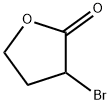
What is 2-Bromo-4-butanolide?
Chemical properties
Pale Yellow Liquid
The Uses of 2-Bromo-4-butanolide
Lactams inhibit type Q arylesterase activity of human serum paraoxonase PON1.
What are the applications of Application
α-Bromo-γ-butyrolactone is an inhibitor of type Q arylesterase activity
Properties of 2-Bromo-4-butanolide
| Boiling point: | 138 °C/6 mmHg (lit.) |
| Density | 1.786 g/mL at 25 °C (lit.) |
| refractive index | n |
| Flash point: | >230 °F |
| storage temp. | Inert atmosphere,2-8°C |
| solubility | Acetone, Chloroform, Ethyl Acetate, Methanol |
| form | Clear Colourless to Light Yellow Liquid |
| Specific Gravity | 1.778 (20/4℃) |
| Sensitive | Moisture Sensitive/Lachrymatory |
| BRN | 107800 |
| InChI | InChI=1S/C4H5BrO2/c5-3-1-2-7-4(3)6/h3H,1-2H2 |
| CAS DataBase Reference | 5061-21-2(CAS DataBase Reference) |
| NIST Chemistry Reference | 2(3H)-Furanone, 3-bromodihydro-(5061-21-2) |
| EPA Substance Registry System | 2(3H)-Furanone, 3-bromodihydro- (5061-21-2) |
Safety information for 2-Bromo-4-butanolide
| Signal word | Warning |
| Pictogram(s) |
 Exclamation Mark Irritant GHS07 |
| GHS Hazard Statements |
H315:Skin corrosion/irritation H319:Serious eye damage/eye irritation H335:Specific target organ toxicity, single exposure;Respiratory tract irritation |
| Precautionary Statement Codes |
P261:Avoid breathing dust/fume/gas/mist/vapours/spray. P264:Wash hands thoroughly after handling. P264:Wash skin thouroughly after handling. P280:Wear protective gloves/protective clothing/eye protection/face protection. P304+P340:IF INHALED: Remove victim to fresh air and Keep at rest in a position comfortable for breathing. P305+P351+P338:IF IN EYES: Rinse cautiously with water for several minutes. Remove contact lenses, if present and easy to do. Continuerinsing. P405:Store locked up. |
Computed Descriptors for 2-Bromo-4-butanolide
| InChIKey | LFJJGHGXHXXDFT-UHFFFAOYSA-N |
| SMILES | O1CCC(Br)C1=O |
2-Bromo-4-butanolide manufacturer
JSK Chemicals
3Y
Phone:+91-9879767984
Whatsapp: +91-9879767970
product: 5061-21-2 alpha-Bromo-gamma-butyrolactone, 97% 99%
New Products
4,4-Difluoropiperidine hydrochloride tert-butyl 9-methoxy-3-azaspiro[5.5]undecane-3-carboxylate Indole Methyl Resin N-Isopropylurea N,N-Dicyclohexylcarbodiimide(DCC) MELDRUMS ACID 5-METHYLISOXAZOLE-4-CARBOXYLIC ACID Magnessium Bis glycinate Zinc ascorbate 1-bromo-2-butyne 2-acetamidophenol 9(10H)-anthracenone Erythrosin B, 4-Piperidinopiperidine 2-((4-morpholinophenylamino) (methylthio) methylene) malononitrile 2,4-dihydroxybenzaldehyde 3-(4-morpholinophenylamino)-5-amino-1H-pyrazole-4-carbonitrile Methyl 2-methylquinoline-6-carboxylate 2,6-dichloro-4-nitropyridine 4-Bromo-2-chlorobenzonitrile 2-(benzylamino)acetic acid hydrochloride 4-(tert-Butoxycarbonylamino)but- 2-ynoic acid 3,4-dihydro-2H-benzo[b][1,4]dioxepine 1-Phenyl-1-cycloprppanecarboxylicacidRelated products of tetrahydrofuran


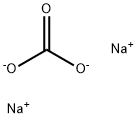



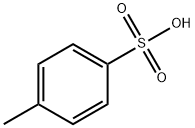
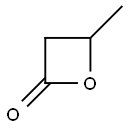
You may like
-
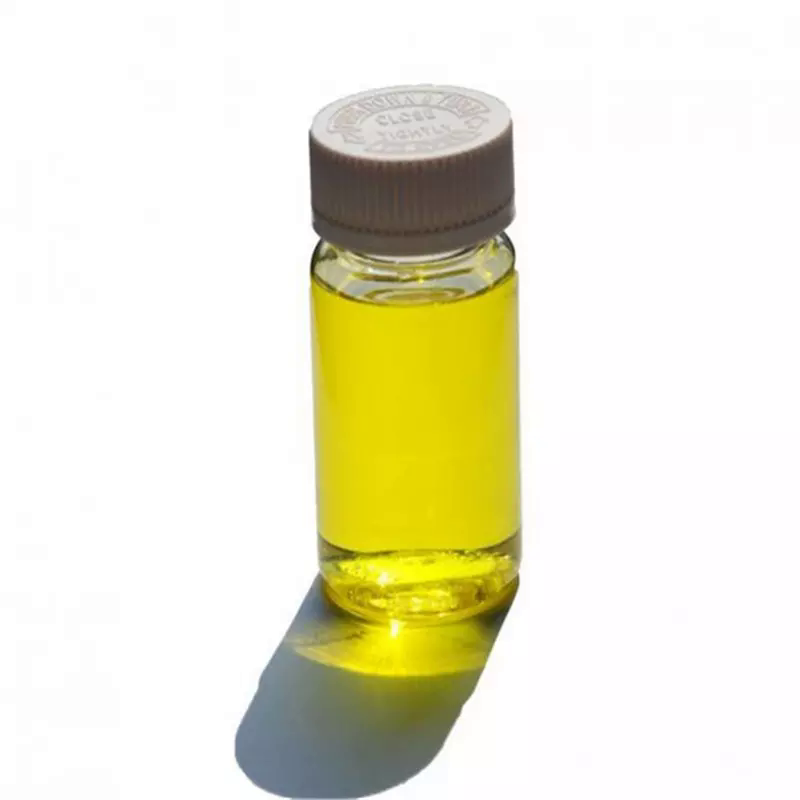 5061-21-2 α-Bromo-γ-butyrolactone 98%View Details
5061-21-2 α-Bromo-γ-butyrolactone 98%View Details
5061-21-2 -
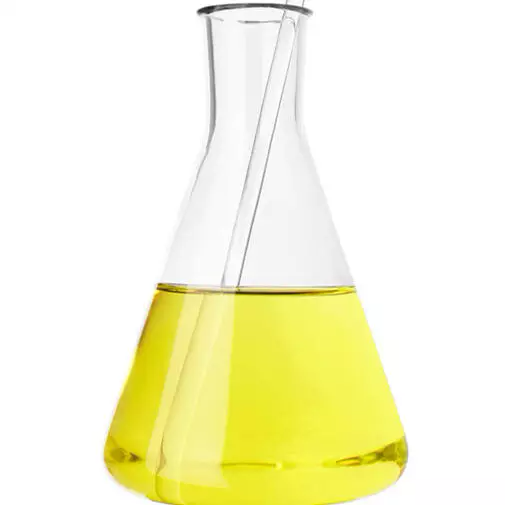 5061-21-2 98 %View Details
5061-21-2 98 %View Details
5061-21-2 -
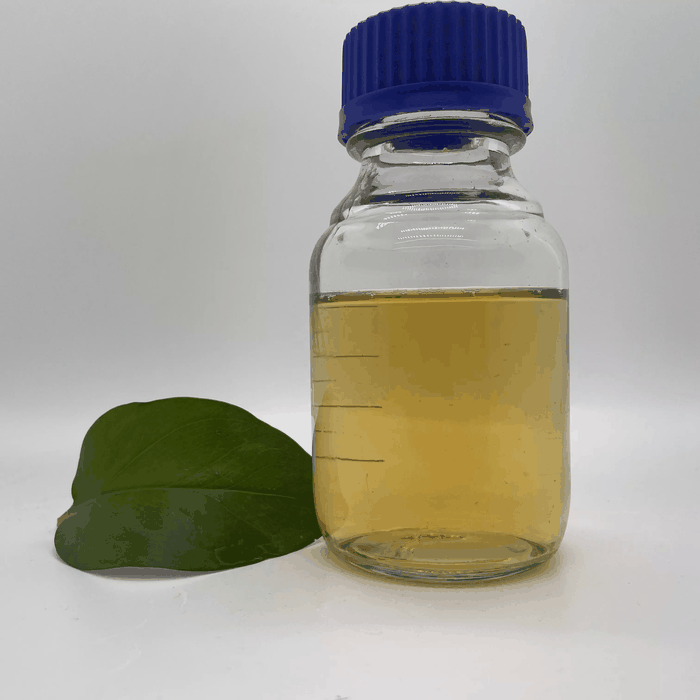 α-BROMO-γ-BUTYROLACTONE 98%View Details
α-BROMO-γ-BUTYROLACTONE 98%View Details
5061-21-2 -
 5061-21-2 alpha-Bromo-gamma-butyrolactone, 97% 99%View Details
5061-21-2 alpha-Bromo-gamma-butyrolactone, 97% 99%View Details
5061-21-2 -
 Alpha-bromo-gamma-butyrolactone 95% CAS 5061-21-2View Details
Alpha-bromo-gamma-butyrolactone 95% CAS 5061-21-2View Details
5061-21-2 -
 α-Bromo-γ-butyrolactone CAS 5061-21-2View Details
α-Bromo-γ-butyrolactone CAS 5061-21-2View Details
5061-21-2 -
 α-Bromo-γ-butyrolactone, 97% CAS 5061-21-2View Details
α-Bromo-γ-butyrolactone, 97% CAS 5061-21-2View Details
5061-21-2 -
 α-Bromo-γ-butyrolactone CAS 5061-21-2View Details
α-Bromo-γ-butyrolactone CAS 5061-21-2View Details
5061-21-2
Statement: All products displayed on this website are only used for non medical purposes such as industrial applications or scientific research, and cannot be used for clinical diagnosis or treatment of humans or animals. They are not medicinal or edible.
